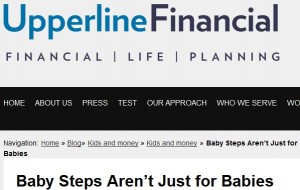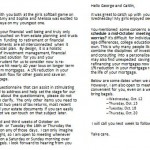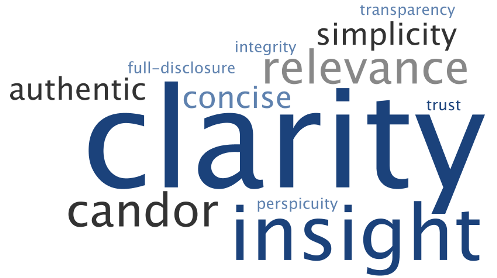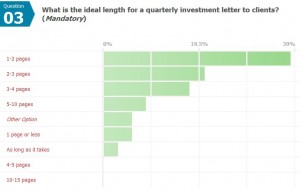Guest post: Why you want to announce your book with a press release
Writing and publishing a book takes a lot of work, so you should maximize your gains from it. This is why I invited my friend, book PR expert Sandy Beckwith, to guest-blog about press releases. By the way, I recently completed Sandy’s online class about book PR, which boosted my readiness to launch my blogging book for advisors.
Why you want to announce your book with a press release
By Sandra Beckwith
Many financial consultants who write books to use as marketing tools with prospects and clients don’t promote their books to others who might pay for the information in them. Most often, that’s because financial planners and investment managers are focused on the potential for generating long-term clients, not on making money through individual book sales.
It’s a smart strategy because it focuses efforts on activities that will generate the greatest return on investment. Advisors will make far more money giving books to people who could become clients or referral sources than they will from talking the local bookstore into stocking and selling the books on a consignment basis.
Still, it pays to announce your book’s publication to the media, even when it’s only for sale on your website. Here are four reasons why you want to write and distribute a press release that announces your book to the press:
- Your book announcement press release is “content” that generates links to your site from press release distribution services. Smart consultants use both the free and paid press release services. The free services don’t send your release to media outlets, but they do house them on their websites. They will include a link to your website, which helps boost its search engine ranking (it will show up higher on the page in a Google search). The paid options actually e-mail your press release to journalists; when one of them publishes your information, the news item can generate even more site links, purchases, and the kind of exposure that could help expand your client base. For more information on how they work, read “How to use PRWeb for press release distribution.”
- Posting the press release that announces your book on your firm site helps prospects and others find you. The information in your press release helps search engine users find your site. Some of those searchers could become clients.
- When media outlets that influence your audience publish your press release, you are viewed as an expert. Clients and prospects like working with consultants who are seen as experts by others, especially the press. Meeting organizers are impressed by experts and authors, too, and often invite consultants to speak to their groups after reading about them in the press.
- Your press release can generate radio and TV talk show interviews. This exposure can introduce you to prospects you wouldn’t reach on your own.
It’s not hard to write a book announcement press release, but it’s important that you include the information that journalists need and expect in the format they prefer. Get Your Book in the News: How to Write a Press Release That Announces Your Book, a short e-book I’ve written specifically for authors who don’t work with the media a lot, provides step-by-step guidance. Here are a few tips from the book:
- Write it like a news article, not an advertisement.
- Focus on the benefits the book offers readers.
- Include information on where people can buy it.
I’m happy to answer questions about this – please share them here.
Sandra Beckwith is a former national award-winning publicist who now teaches authors how to be their own book publicists. Subscribe to her free newsletter, Build Book Buzz, for more tips and ideas. Connect with Sandra on Twitter, Facebook, LinkedIn, and Google+.










